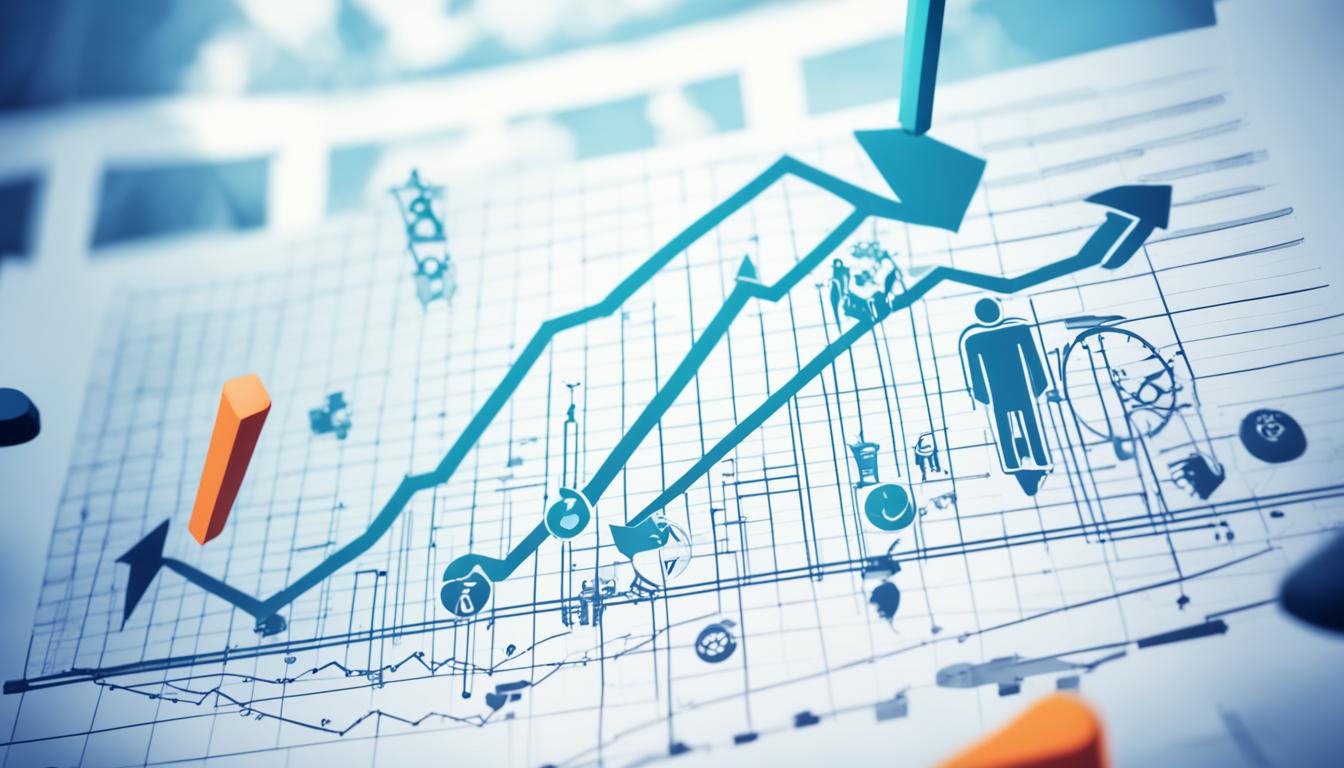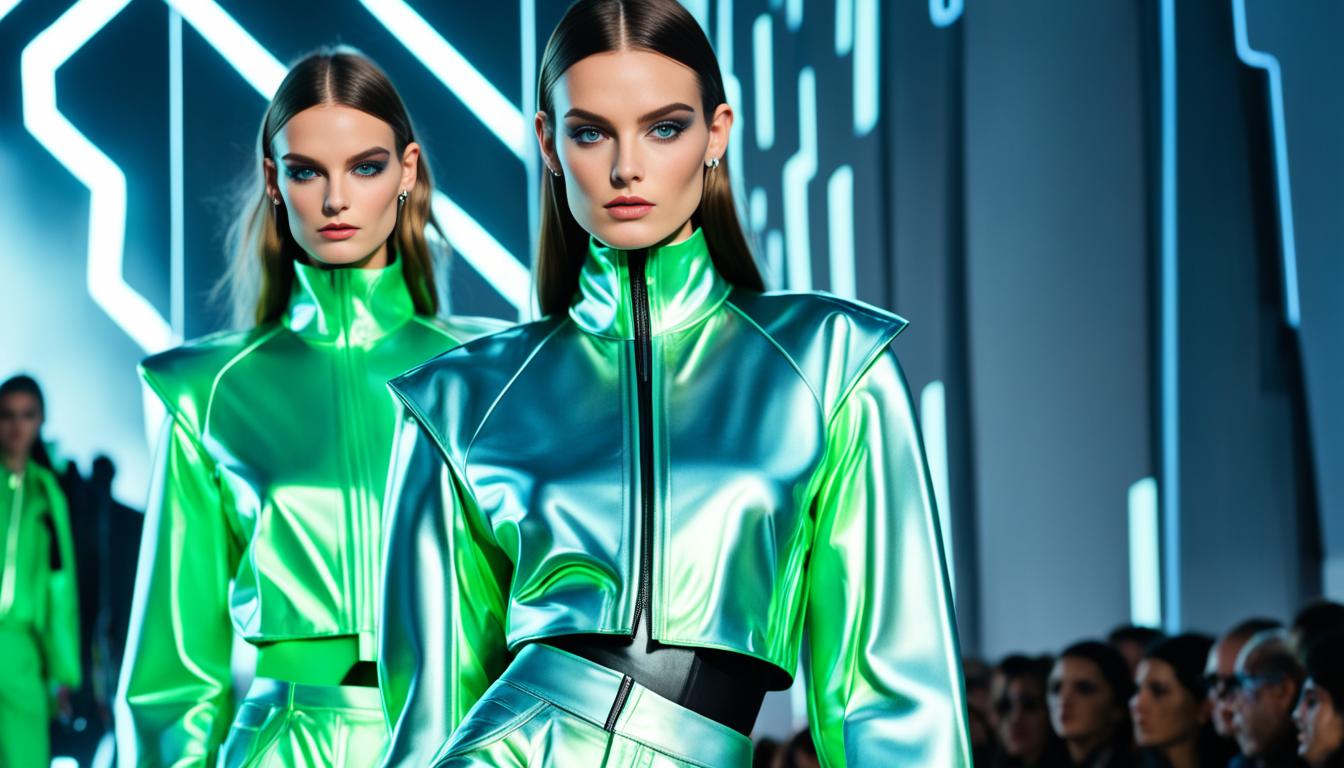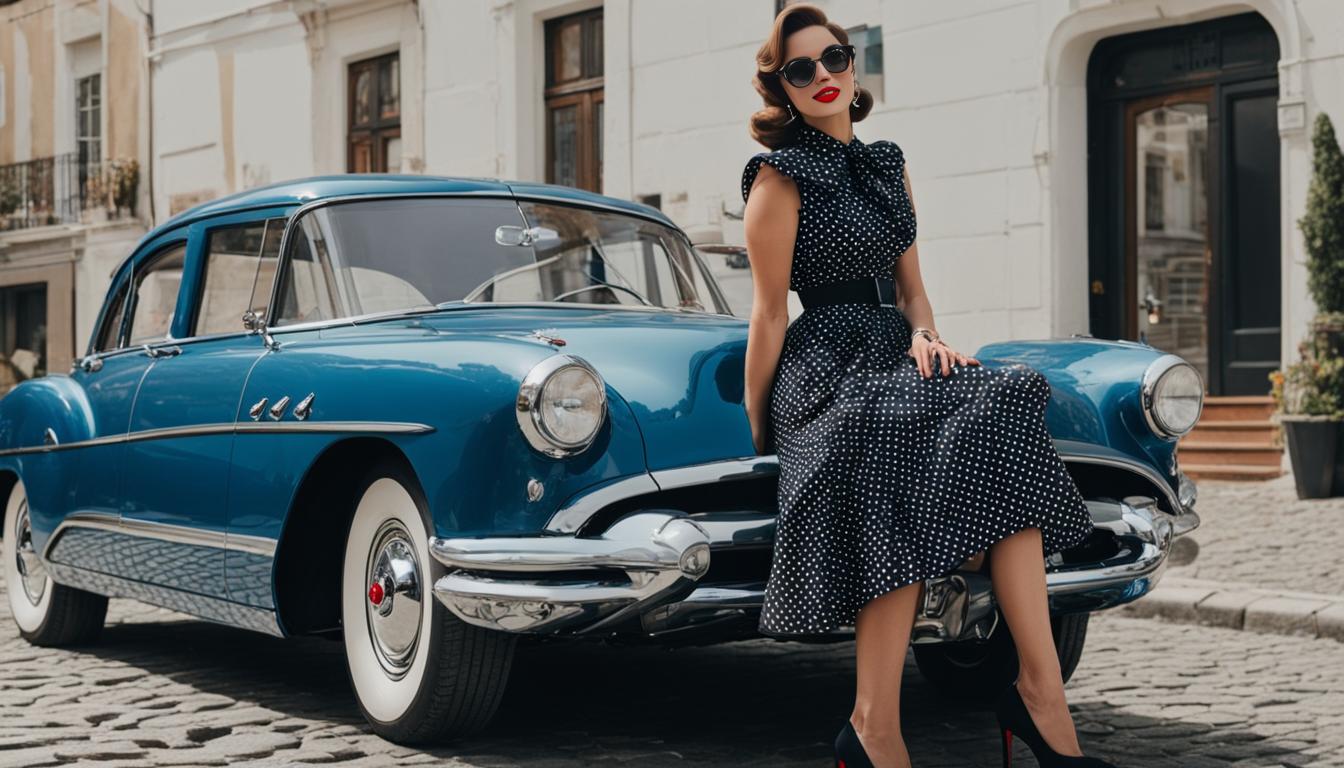Fashion icons have always played a significant role in shaping trends and redefining the fashion landscape. From legendary models like Twiggy in the 1960s to pop stars like Madonna and Michael Jackson in the 1980s, celebrities have continuously influenced fashion choices. Today, stars like Cardi B, Kim Kardashian, Rihanna, and Kanye West continue to set trends and inspire millions of people around the world. The influence of pop culture fashion is undeniable, as it affects our preferences, communication styles, and even our social circles.
With the rise of social media, celebrities and influencers play a crucial role in promoting fashion trends and brands. They have the power to make clothing items sell out within hours and can even spark collaborations between designers and pop icons. Smaller independent brands also have the opportunity to gain exposure and success through viral online content. The convergence of pop culture and fashion transforms the industry and allows for more creativity, diversity, and inclusivity in the fashion world. It is clear that fashion icons will continue to drive trends and shape the future of fashion.
Key Takeaways:
- Fashion icons have a significant influence on shaping trends and redefining the fashion landscape
- The rise of social media has amplified the impact of celebrities and influencers on fashion choices
- Celebrities can make clothing items sell out quickly and initiate collaborations with designers
- Pop culture and fashion converge to bring more creativity, diversity, and inclusivity to the industry
- Fashion icons will continue to drive trends and shape the future of fashion
The Power of Celebrity Influence on Fashion Choices
Celebrities have an incredible impact on the fashion choices of the general public. Their influence has the power to shape trends and redefine fashion in significant ways. One prime example of this celebrity influence is the “Kate Middleton effect.” When the Duchess of Cambridge chooses to wear a specific dress or brand, it often leads to sold-out products and increased popularity for the designer.
Designers have started to recognize the immense power and influence of celebrities, which has resulted in partnerships aimed at capitalizing on their reach and impact. In the past, designers collaborated with film stars, and today they are actively working with social media influencers. These collaborations give rise to unique branded attire that allows individuals to express themselves and pay homage to their favorite content creators.
Celebrity events, film awards, and music ceremonies provide additional opportunities for celebrities to showcase new outfits, hairstyles, and makeup looks, leading to increased demand from consumers. Their fashion choices not only influence the public but also have a ripple effect on the entire design process and hair and beauty trends.
Indirect Celebrity Influence: The “Kate Middleton Effect”
The “Kate Middleton effect” refers to the phenomenon where her fashion choices directly impact consumer preferences and purchasing decisions. When Middleton wears a particular dress or chooses a specific brand, it often triggers a surge in popularity and sales for the designer.
The Role of Partnerships: Collaborations with Pop Icons
Designers understand that partnering with pop icons is a strategic move that can amplify their brand’s reach and influence. Through partnerships, designers can tap into the vast fan bases of these celebrities and create unique clothing lines that resonate with their audiences.
Fashion at the Red Carpet: A Showcase of Influential Style
Celebrities also utilize red carpet events as platforms to showcase their latest outfits, hairstyles, and makeup looks. These high-profile moments generate significant buzz and demand from consumers, leading to heightened interest in specific fashion choices and trends.
The Impact on Design Process and Hair and Beauty Trends
Celebrities’ fashion choices not only shape consumer preferences but also play a pivotal role in influencing the design process and hair and beauty trends. Designers and stylists draw inspiration from celebrity fashion, incorporating elements of their style into their collections and creating iconic beauty looks that captivate the public.
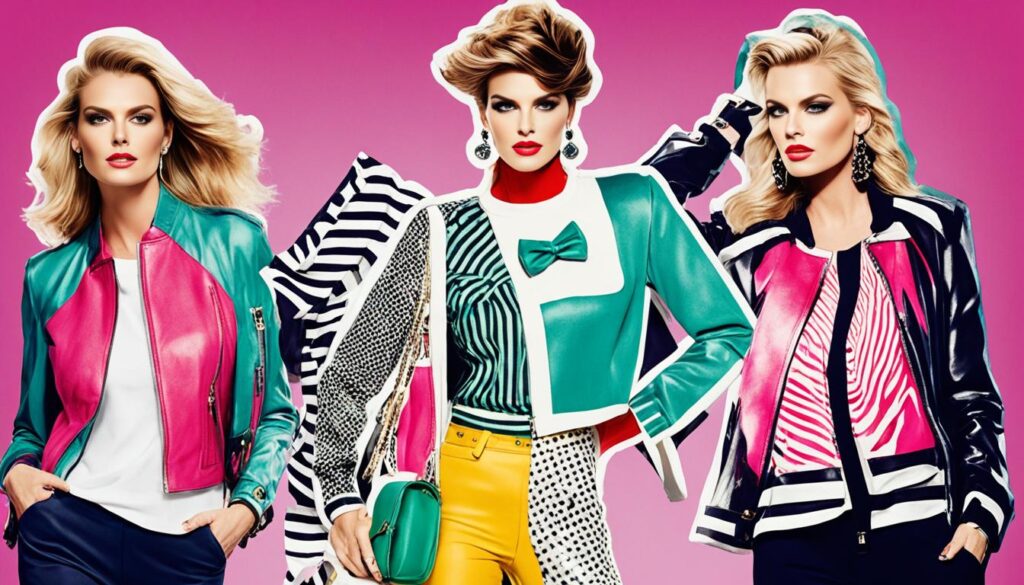
Celebrity influence on fashion choices is undeniable. From the “Kate Middleton effect” to partnerships with pop icons, celebrities continue to drive trends and shape the fashion industry. Their fashion choices transcend beyond personal style, impacting consumer preferences, and fostering collaborations that push the boundaries of creativity within the fashion world.
Fashion Icons Throughout the Decades
Throughout the decades, numerous fashion icons have left a lasting impact on the fashion industry. These icons continue to inspire and influence style choices even today. Let’s take a look at some of the most influential fashion icons from different eras:
1920s: Coco Chanel
Coco Chanel revolutionized women’s fashion in the 1920s with her comfortable and liberating designs. She was known for her iconic little black dress, classic tweed jackets, and the famous Chanel suit.
1930s: Katharine Hepburn
Katharine Hepburn challenged gender norms in the 1930s with her tomboyish style. She popularized menswear-inspired clothing, including tailored trousers and blazers, at a time when dresses were the norm for women.
1940s: Audrey Hepburn
Audrey Hepburn epitomized elegance in the 1940s with her figure-flattering dresses and statement accessories. She popularized the iconic “little black dress” and the sophisticated, timeless style that still influences fashion today.
1950s: Marilyn Monroe
Marilyn Monroe defined glamour in the 1950s with her iconic outfits and seductive style. Her figure-hugging dresses, red lips, and platinum blonde hair became symbols of femininity and sensuality.
1960s: Twiggy
Twiggy became the face of mod fashion in the 1960s with her androgynous style. Her signature look featured short hair, bold graphic prints, mini dresses, and the iconic Twiggy eyelashes.
1970s: Farrah Fawcett
Farrah Fawcett embodied boho chic in the 1970s with her laid-back California style. She popularized high-waisted jeans, loose-fitting blouses, feathered hair, and the famous Farrah Fawcett hairstyle.
1980s: Princess Diana
Princess Diana blended royalty and fashion in the 1980s with her timeless elegance. She became a style icon, known for her glamorous evening gowns, power suits, and the “Lady Di” hairstyle.
1990s: Kate Moss
Kate Moss reigned as the queen of cool in the 1990s with her grunge-inspired fashion choices. She popularized slip dresses, oversized jackets, leather pants, and brought a rebellious edge to the fashion industry.
Early 2000s: Sarah Jessica Parker
Sarah Jessica Parker became a fashion icon of the early 2000s through her portrayal of Carrie Bradshaw in “Sex and the City.” She introduced avant-garde fashion, designer shoes, and unconventional styling to mainstream culture.
These fashion icons have not only influenced the trends of their respective eras but also provided timeless style inspiration that continues to shape the fashion industry today. Looking ahead to 2023, fashion trends will be influenced by sustainability, gender-fluid fashion, technological innovations, bold colors and prints, comfort-focused fashion, and retro revival.
Sustainability and Ethical Fashion in 2023
In 2023, sustainability and ethical fashion will continue to gain momentum as an integral part of the fashion industry. Designers, consumers, and organizations are increasingly aware of the environmental and social impacts of the fashion industry and are striving for positive change. Embracing sustainable and ethical practices has become essential for staying relevant and meeting the demands of conscious consumers.
Designers play a crucial role in driving sustainability in fashion. They are incorporating eco-friendly materials into their collections, such as organic cotton, linen, and recycled fabrics. These materials not only reduce the industry’s carbon footprint but also promote the use of renewable resources. Additionally, designers are adopting fair trade practices, ensuring that workers throughout the supply chain are paid fairly and have safe working conditions.
Recycling and upcycling are becoming increasingly popular within the industry. Designers are creatively repurposing materials, turning waste into unique and fashionable pieces. By diverting textiles from landfills and reducing the need for new production, recycling and upcycling contribute to a more circular and sustainable fashion economy.
Consumers, too, are driving the demand for sustainable and ethical fashion. They are becoming more conscious of the environmental and social impact of their purchasing decisions and are seeking out brands that align with their values. Sustainability has become a key factor in consumers’ purchasing decisions, influencing their brand loyalty and overall shopping habits.
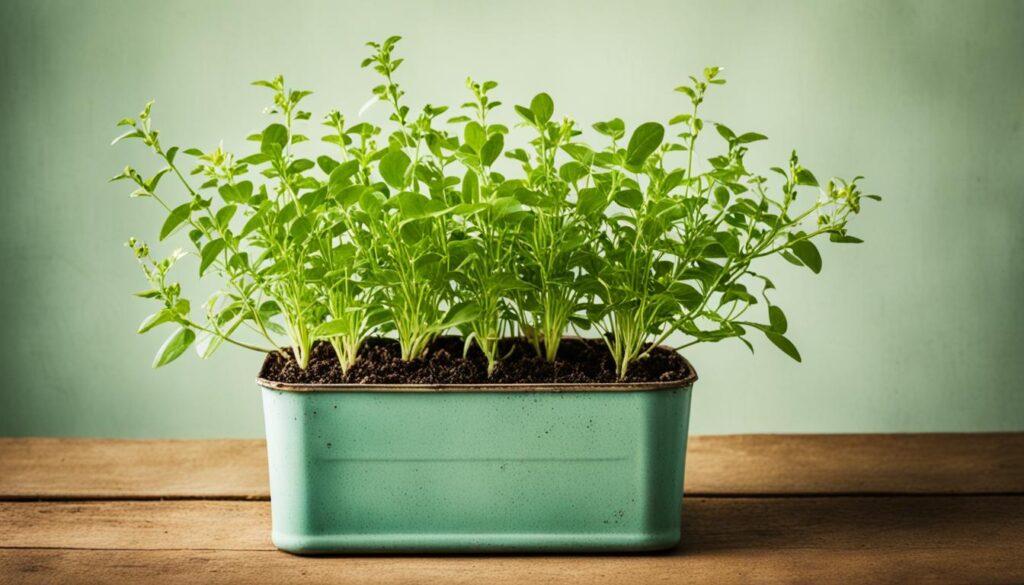
“Sustainable fashion is not just a trend, but a necessity for the future of our planet. By making conscious choices and supporting ethical brands, we can collectively create a more sustainable and equitable fashion industry.” – Fashion Icon
Key Features of Sustainability and Ethical Fashion in 2023
- Use of eco-friendly materials such as organic cotton, linen, and recycled fabrics
- Adoption of fair trade practices to ensure ethical working conditions and fair wages
- Promotion of recycling and upcycling to reduce waste and encourage circularity
- Increased transparency in the fashion supply chain to empower consumers with information
- Advocacy for slow fashion and conscious consumption to reduce overconsumption
As sustainability and ethical fashion continue to shape the industry, their impact goes beyond individual brands and consumers. They drive systemic change and inspire innovation, pushing the boundaries of what is possible in fashion. By prioritizing sustainability, the fashion industry can create a better future for both people and the planet.
Gender-Fluid Fashion and Inclusivity in 2023
In 2023, the fashion industry will witness a significant shift towards gender-fluid fashion and inclusivity, breaking down traditional barriers and embracing diversity. Designers are paving the way for versatile and inclusive clothing options that cater to individuals of all genders, allowing everyone to express their unique style and embrace their identity with confidence.
Unisex tailoring will be a key trend in 2023, with clothing designs that blur the lines between traditionally masculine and feminine silhouettes. This approach challenges the notion that fashion should be restricted to specific genders, offering greater freedom and self-expression.
Oversized silhouettes will also dominate the fashion scene in the upcoming year. This trend not only caters to a wide range of body types but also transcends conventional gender norms. Embracing oversized styles allows individuals to feel comfortable and confident, regardless of societal expectations.
Gender-neutral color palettes will be at the forefront of fashion trends in 2023, offering a range of colors that are not confined to traditional gender associations. This inclusive approach to color allows individuals to choose hues that resonate with their personal style, without limitations or stereotypes.
“Fashion is an ever-evolving reflection of society. The rise of gender-fluid fashion and inclusivity represents a significant step towards a more diverse and accepting future,” says fashion designer, Emma Thompson.
By embracing gender-fluid fashion and inclusivity, the fashion industry sends a powerful message of acceptance and equality. This shift allows individuals to celebrate their uniqueness, without conforming to societal norms, and encourages a more inclusive and tolerant society.
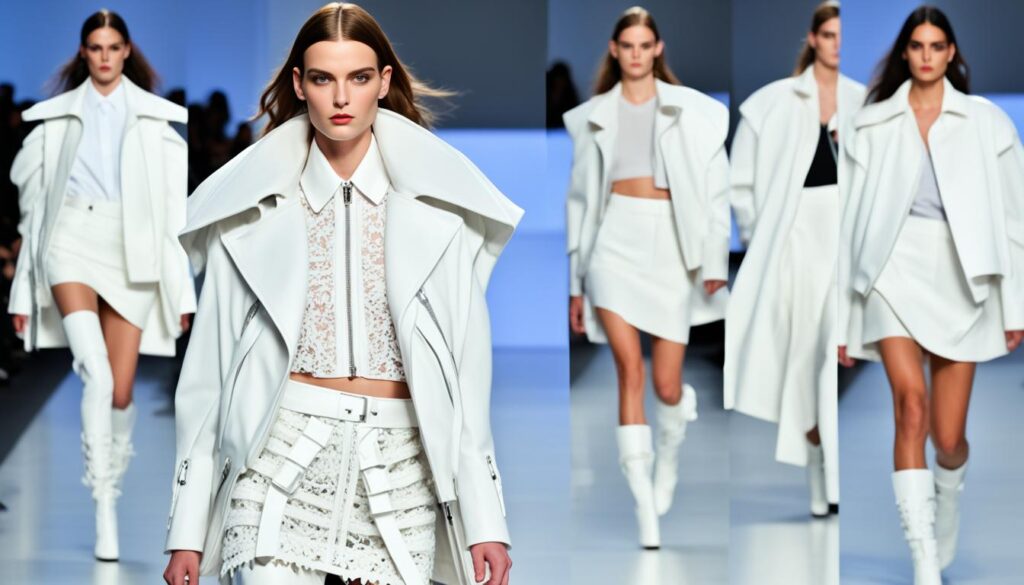
| Key Features of Gender-Fluid Fashion in 2023 | Benefits |
|---|---|
| Unisex tailoring | Allows individuals to express themselves regardless of gender norms |
| Oversized silhouettes | Caters to diverse body types and provides comfort |
| Gender-neutral color palettes | Empowers individuals to choose colors without limitations or stereotypes |
The Future of Fashion: 2023 Fashion Trends
As we step into 2023, the fashion industry is poised for a new wave of exciting trends. Sustainability and ethical fashion will continue to be at the forefront, with designers prioritizing eco-friendly materials and fair trade practices. The demand for sustainable fashion is growing as consumers become more aware of the environmental impact of the industry. By using recycled or organic fabrics, designers are creating stylish and conscious clothing options.
Bold colors and prints will dominate runways in 2023, bringing vibrancy and excitement to our wardrobes. Fashion lovers can expect to see eye-catching patterns and vivid hues that make a statement. From geometric shapes to floral motifs, these bold designs will add energy and personality to any outfit.
Comfort-focused fashion will also play a significant role, with oversized knitwear and cozy loungewear taking center stage. After a year of spending more time at home, people are seeking comfortable and versatile clothing options. Oversized sweaters, joggers, and soft fabrics will become staple pieces in wardrobes, offering both style and comfort.
Retro revival is another trend to watch out for in 2023. Fashion has a way of bringing back trends from the past, and this year will be no exception. From flared jeans to colorful tie-dye prints, individuals will have the opportunity to embrace nostalgia and timeless styles. The retro revival trend allows for self-expression and the blending of different eras into unique and personal fashion statements.
Technological innovations will continue to revolutionize the fashion industry in 2023. With advancements in wearable tech, smart clothing, and sustainable manufacturing processes, fashion will become more interactive and sustainable. Individuals will have the opportunity to integrate technology seamlessly into their daily lives while still looking fashionable.
The future of fashion is diverse, inclusive, and sustainable. The trends of 2023 empower individuals to express their unique style while making conscious choices. Whether it’s through sustainable materials, bold colors and prints, comfort-focused designs, or embracing fashion from the past, the year ahead promises exciting opportunities for self-expression through clothing.

